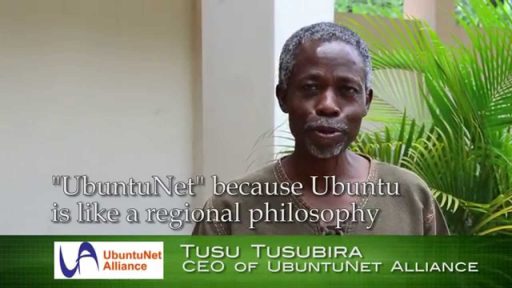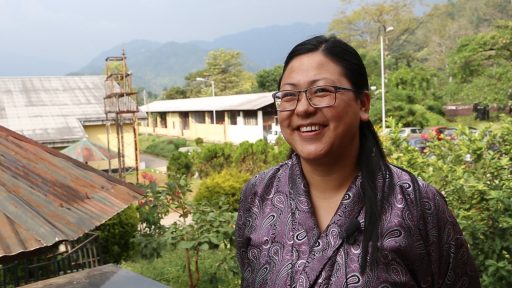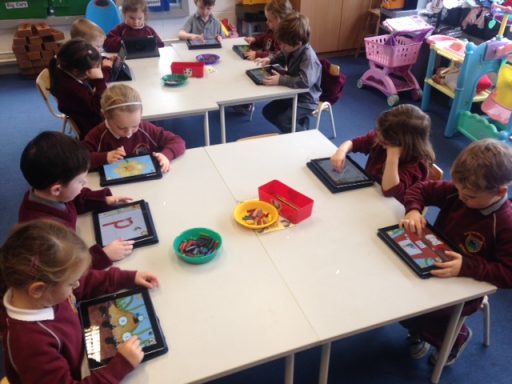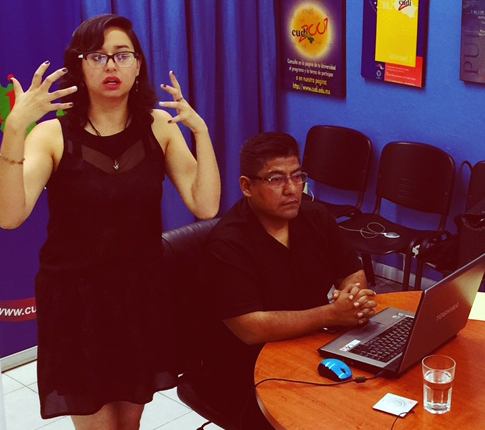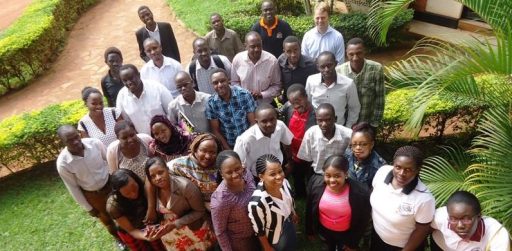Collaborating across borders to train the trainers opens the door to new opportunities for developing the skills of network engineers in Africa. This engineering workforce provides services that underpin research and education outcomes for the nation.
Regions all over the world establish new, dedicated connectivity for research and education, including Asia, where Bhutan and Cambodia now plug into the networks, choosing video conferencing and e-learning to drive local commitment and development.
When the teacher Karine Coelho, from the Balneário Arroio da Silva School, in the State of Santa Catarina, needs to teach inclined planes, propagation of heat, electrical circuits or other matters in the Physics curriculum for high school, her students have access not only to the theory, but to practical experiments that reinforce the content taught in the classroom, within the reach of their cellphones.
The provision of high-speed broadband to many primary and every post-primary school in Ireland affords schools greater opportunity to embed technology in the teaching and learning process. This opens the door to a faster, richer, more interactive and more informative Internet experience than was possible before.
Realizing that rapid review of game play was the best way for players to improve their technique, the Penn State men’s volleyball coach sought a cost-effective, portable means for the team to study game footage and exchange notes on the go. Enter NET+ Box, made available to Penn State through its membership in Internet2.
eduroam (education roaming) is the secure, worldwide roaming access developed for the international research and education community. eduroam is now available in 76 countries worldwide and is expanding beyond campuses to public, commercial and city Wi-Fi initiatives.
Jorge Santiago Jacinto, who is profoundly deaf, is a member of the Mexican deaf community. He is also the founder of SEVIDA, a series of virtual seminars hosted and recorded using the video conferencing platform VC-CUDI, provided by the Mexican research and education network CUDI.
The Research and Education Network for Uganda is helping one of the country’s universities, the Ugandan Christian University offer PhD and Master of Journalism and Media Studies Progammes online in collaboration with the University of Kwazulu Natal in South Africa and the NLA University College in Norway.
The Indian Institutes of Technology, IITs, are the flagships of Indian engineering education. Getting into an IIT is the dream of every aspiring engineer in India, and each year over a million people take the entrance exam. But competition is fierce: with only 10.000 (2%) passing the exam, the IITs are among the institutes with the lowest acceptance rate worldwide.


